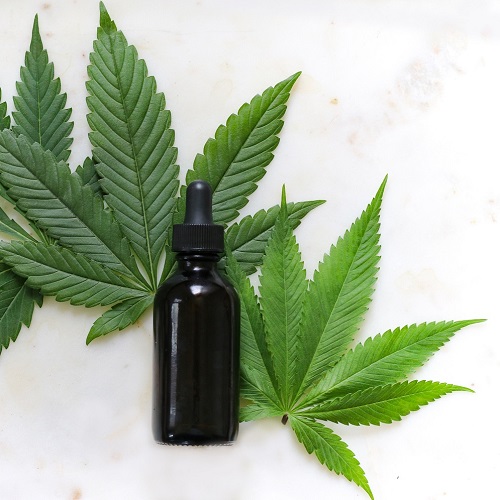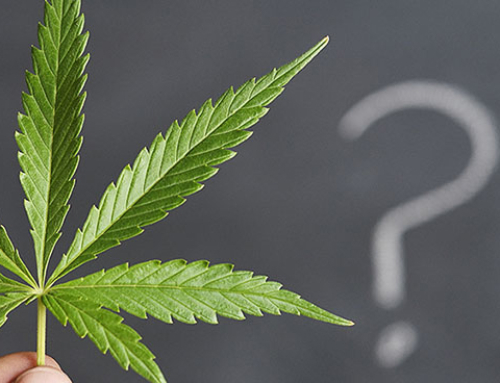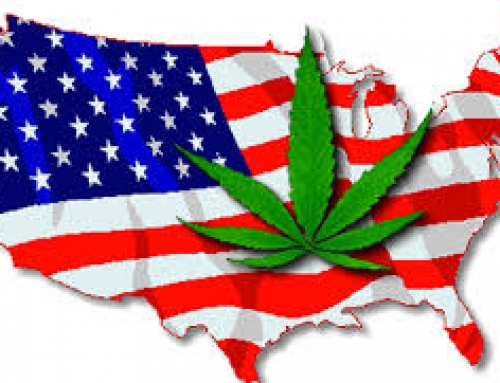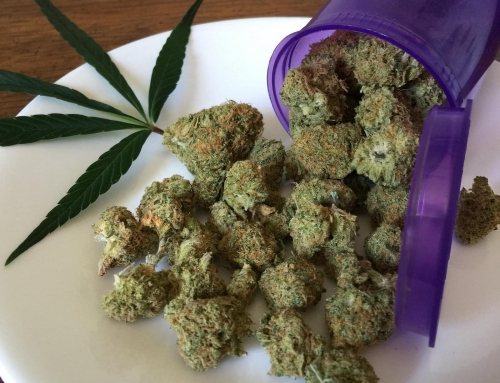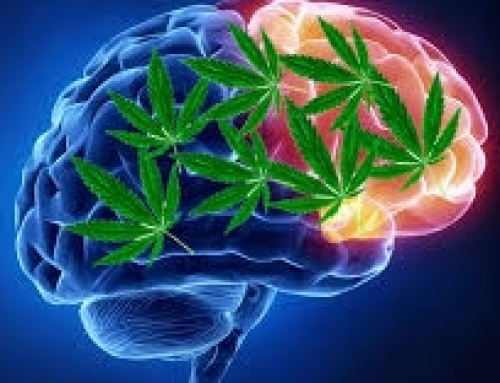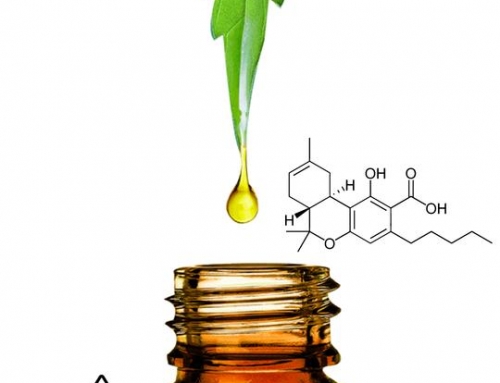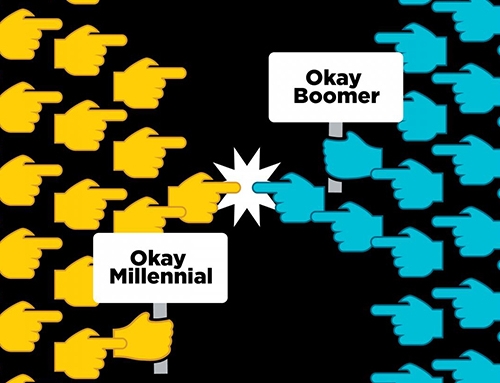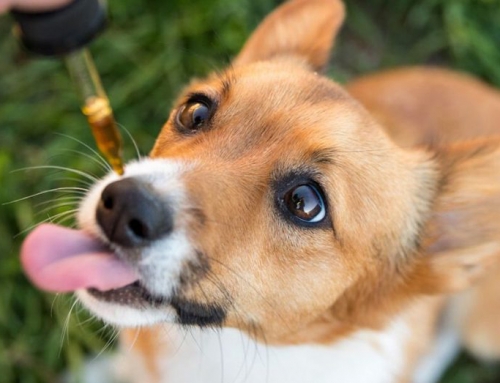Over the last couple years, the CBD market has exploded across the country.
But CBD products are still largely unregulated. Products labeled “CBD” can contain varying levels of CBD, as well as THC and other cannabinoids.
But it’s CBD’s non-psychoactive, anti-inflammatory properties that have made it a wellness superstar.
CBD has proven to lend aid to treating various medical conditions. As a result, the popularity of CBD has risen rapidly as a natural alternative to Western Medicine for helping with conditions such as epilepsy, cancer, chronic pain, anxiety, and many more.
With so many different products on the shelves of medical and recreational cannabis dispensaries, it serves to know the difference between what you’re getting into with Full Spectrum CBD versus other products such as CBD Isolate. The therapeutic properties of CBD in its pure non-psychoactive form have proven helpful, but with the small addition of THC and other cannabinoids, it can do even more. Here’s everything you need to know about Full Spectrum CBD.
What’s Full Spectrum CBD?
When you hear the term “full spectrum CBD,” it’s referring to the extraction of CBD from a particular flower contains all the other cannabinoids you’d find in said cannabis plant. Some cannabinoids you’d find in this mix include CBG (Cannabigerol,) CBN (Cannabinol,) THCV (Tetrahydrocannabivarin,) and yes, trace amounts of THC.
This low concentration of THC that lingers in a full spectrum CBD extract is no more than 0.3% at the most, which means very minuet psychoactive effects. This trace amount of THC allows a greater chance of achieving the Entourage Effect with your dosing.
What’s The Entourage Effect?
You’ll hear people throw around the term “entourage effect” a lot when they’re talking about high terpenes in a flower or extract, or when referring to full spectrum CBD and “whole plant medicine.” The importance of the entourage effect lies in the fact that CBD and THC treatments separately aren’t always sufficient to treat certain conditions. It’s known that THC pharmaceuticals can aid in nausea in cancer patients. It’s known from the Charlotte’s Web story that CBD can greatly quell epilepsy. What’s also known is that terpenes also lend medical and therapeutic benefits.
In short, keeping all the stuff (AKA cannabinoids and terpenoids) in a full spectrum extraction will create a synergy between the two that alters their therapeutic effects. For example, there’s experimentation occurring right now that combines linalool and limonene terpenes with CBG that could potentially treat MRSA. There are also examinations on linalool being combined with CBD to treat acne. There’s also ample science behind the fact that the terpene myrcene can reduce resistance in the blood-brain barrier.
We’re just starting to skim the surface of what cannabis can offer to modern medicine. The empirical data is only stacking on the benefits of CBD and THC. The next forefront is finding new combinations of terpenes and cannabinoids to find the “whole plant science” behind curing the world with natural medicine.

